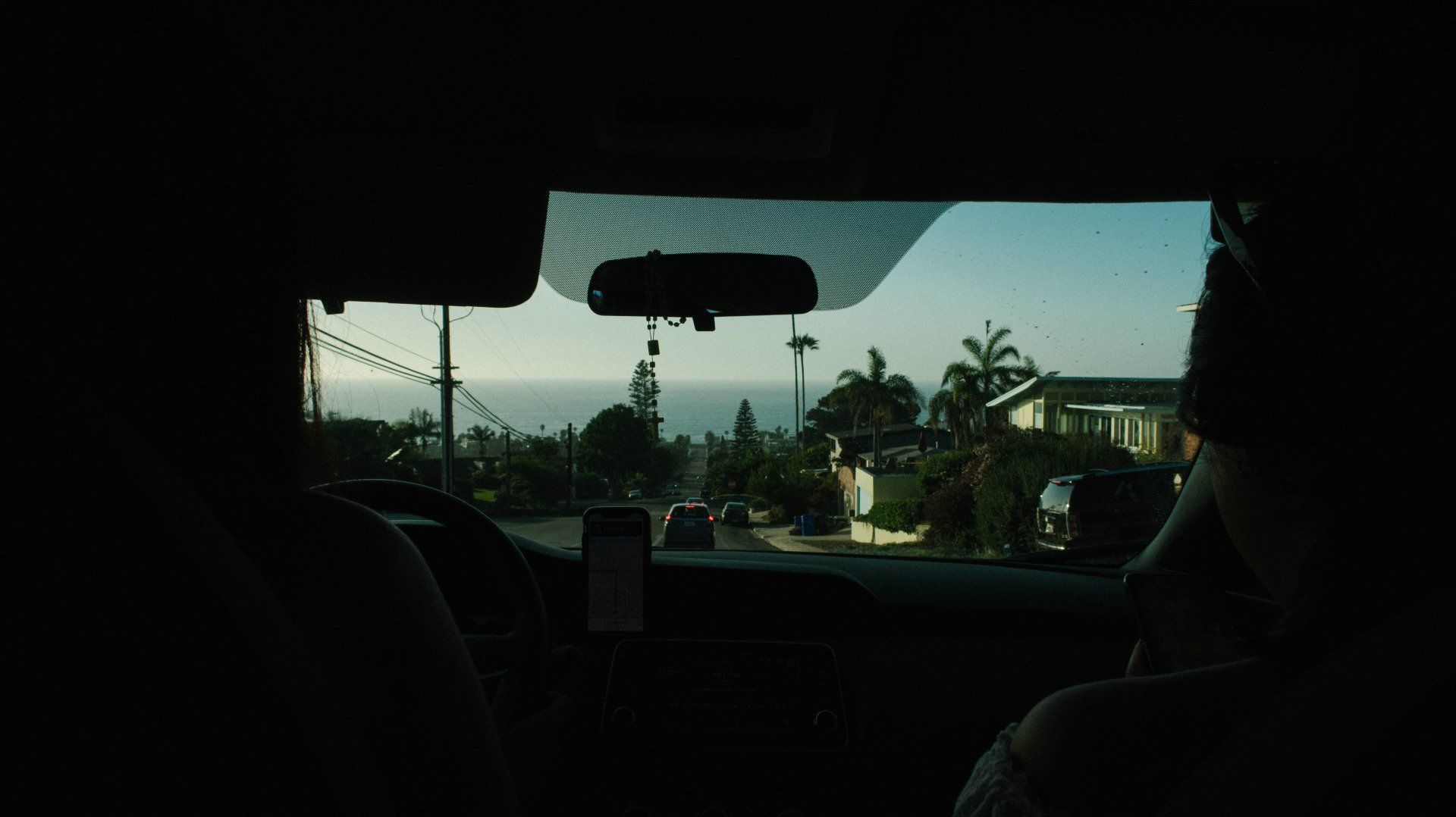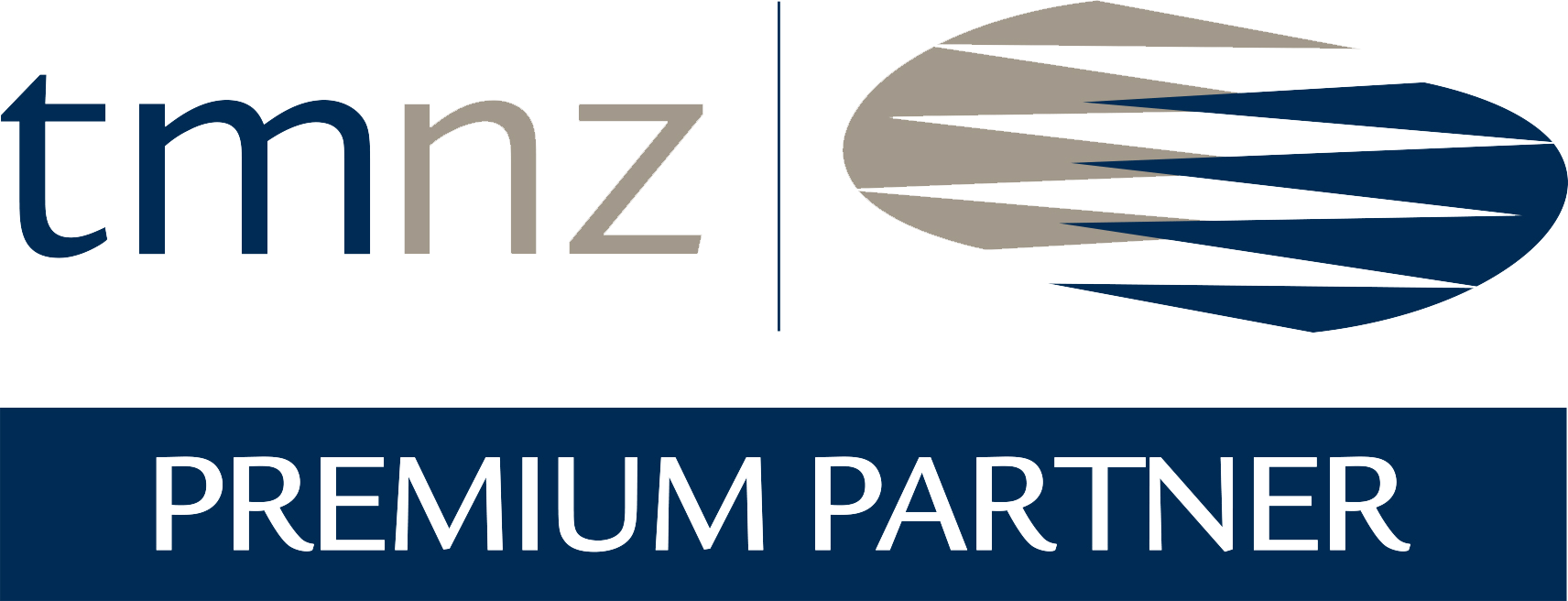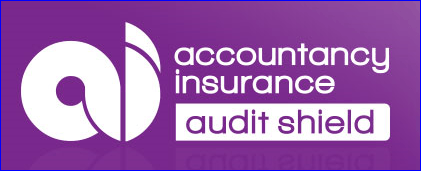Non-taxable allowance for transport costs
Some employers provide a non-taxable allowance for their employees who incur additional transport costs.
Inland Revenue is planning to clarify its existing rules for providing a tax-exempt allowance for these costs.
To ensure you pay an allowance, which would be acceptable to Inland Revenue, you need to follow their rules.
This is what Inland Revenue says at the moment:
“You can pay a cash allowance to an employee for travel between home and work. This is tax free if it reimburses their additional transport costs and they:
- are working outside their normal hours of work, such as overtime, shift or weekend work
- need to carry work related tools or equipment, for example, they might usually take the bus but on a particular day they need to carry a large toolbox
- are travelling to fulfil a statutory obligation
- have a temporary change in workplace
- have some other condition of their job
- cannot access adequate public transport.”
The tax free amount is the actual cost of travelling between home and work, less the employee's usual travel costs. “This applies to all circumstances except the lack of adequate public transport.”
You will notice the allowance is the actual extra cost, which means the allowance would change depending on where the employee lived.
Among the proposed rule refinements to the rules are:
- the additional cost has to be for the benefit of the employer not the employee
- if it is difficult to get to the employer’s premises because the nearest public transport is too far away then an allowance could apply
- if it is difficult for the employee to get to public transport from their home because the nearest transport is too far away, that’s their bad luck and no allowance can be paid
- the maximum distance an employee can be paid for is 70km (35km each way).



- Pukekohe Office
5 Hall Street
Pukekohe 2120
Auckland
New Zealand
- Waiuku Office
57 Queen Street
Waiuku 2123
New Zealand
 Xero
Xero
 Figured
Figured
 TMNZ
TMNZ
 CA
CA
 Audit Shield
Audit Shield
 Wolters Kluwer
Wolters Kluwer
